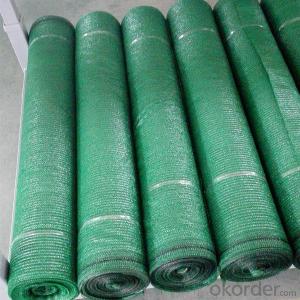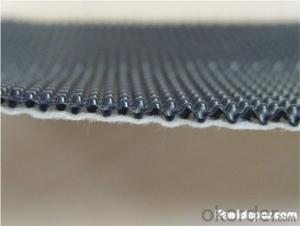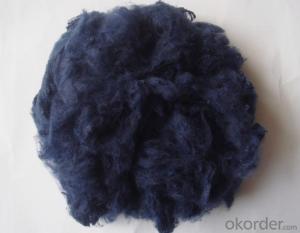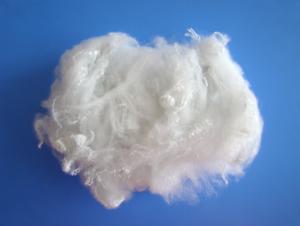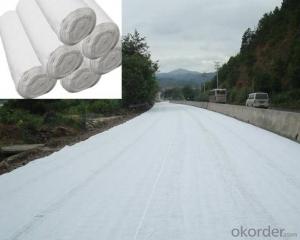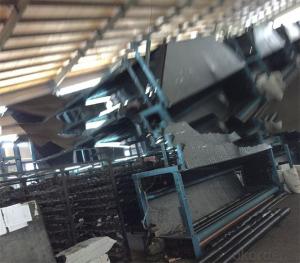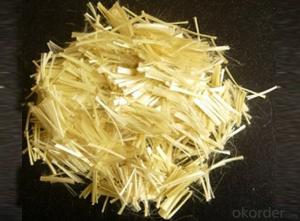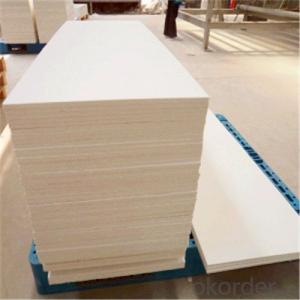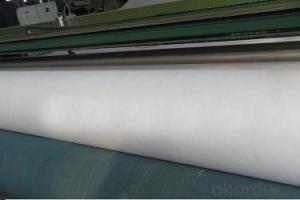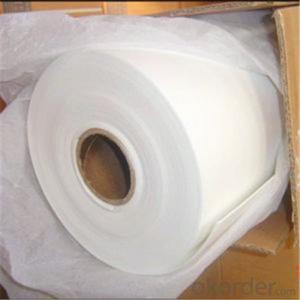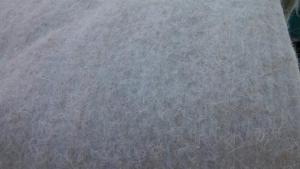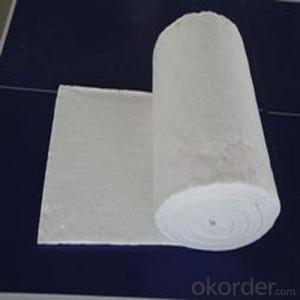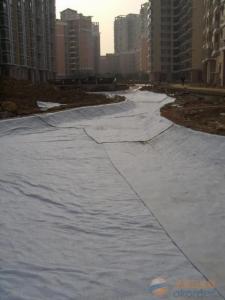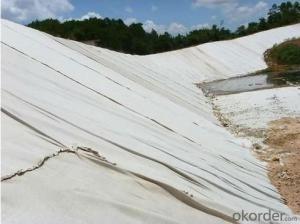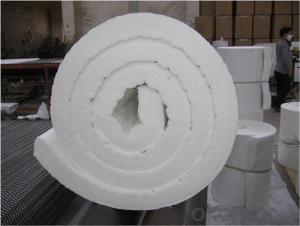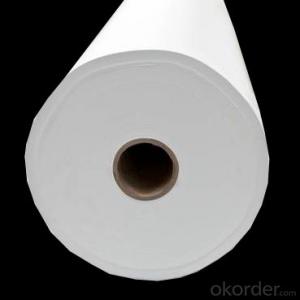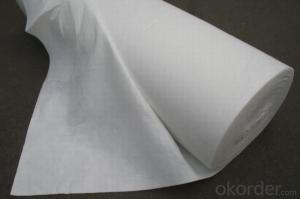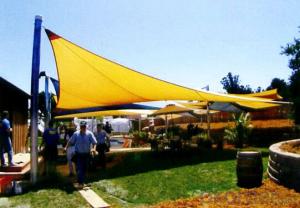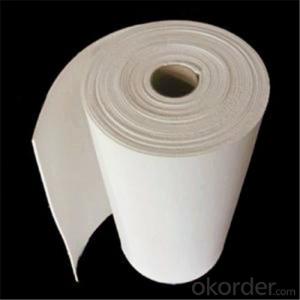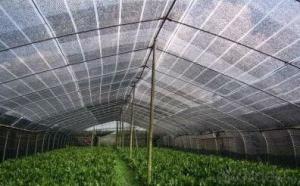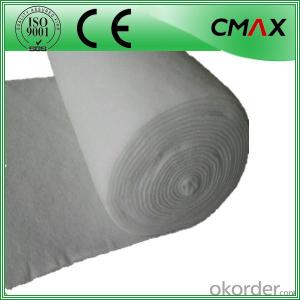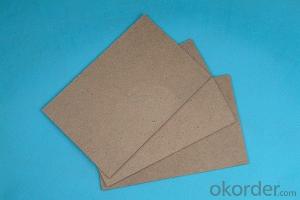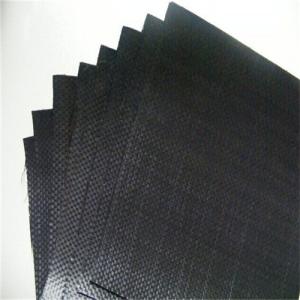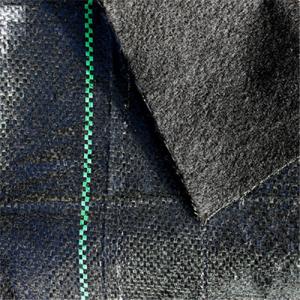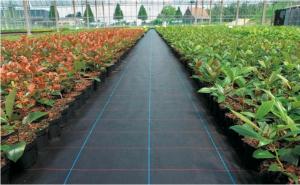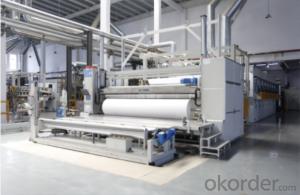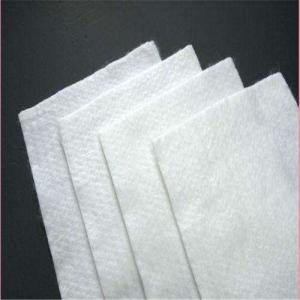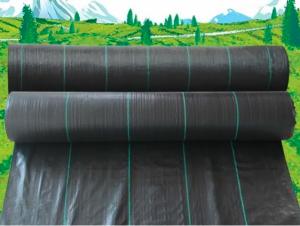Virgin Fibre Polypropylene Geotextiles
Virgin Fibre Polypropylene Geotextiles Related Searches
Geomembrana In Hdpe White Plastic Sun Loungers Uv Coated Polycarbonate Panels Bopp Film 100 Microns Geomembrana Hdpe 2 Mm Precio Fruit Foam Net Hdpe Membrane 40 Mil Hdpe Liner Second Hand Sun Loungers Hdpe GeogridHot Searches
Plastic Roof Tiles For Sale Mineral Wool Insulation Price List Artificial Slate Roof Tiles Price Ceiling Fan Lowest Price Stone Wall Tiles Cost Ceramic Roof Tiles Cost Metal Roof Tiles Prices Synthetic Roof Tiles Cost Roof Clay Tiles Prices Interlocking Roof Tiles Prices Cement Fibre Cladding Prices polypropylene pipe specifications Terratex Nonwoven Geotextiles Green Shade Net Price In Pakistan Green Shade Net Price In Chennai Green Shade Net Price In Hyderabad Shade Net Prices In Sri Lanka Shade Net Manufacturers In Bangalore Shade Net Suppliers In Uae 100 Amp Cable PriceVirgin Fibre Polypropylene Geotextiles Supplier & Manufacturer from China
Okorder.com is a professional Virgin Fibre Polypropylene Geotextiles supplier & manufacturer, offers integrated one-stop services including real-time quoting and online cargo tracking. We are funded by CNBM Group, a Fortune 500 enterprise and the largest Virgin Fibre Polypropylene Geotextiles firm in China.Hot Products
FAQ
- Yes, geotextiles can be used in wetland restoration projects. They are commonly used as erosion control measures to stabilize soil and prevent sediment runoff, which is crucial for the success of wetland restoration. Geotextiles can also help with water filtration and drainage, improving the overall health and functionality of the wetland ecosystem.
- 400 grams per square meter of non-woven geotextiles how much money
- According to your technical parameters, the specific number of professional geotextile manufacturers to answer, power to discuss!
- 300g / m2 geotextile permeability coefficient is generally how much?
- Geotextile cloth short fiber geotextile and long fiber geotextile, the two geotextile permeability coefficient is basically the same. According to the requirements of the national standard 300g / ㎡ geotextile permeability coefficient for the K * (10 negative side ~ 10 negative three power), K is between 1.0-9.9 values. From the indicators can be seen 300g / ㎡ specifications of the geotextile has a good water filter, can be used for water, filter them.
- There are several geotextile installation techniques that can be used for steep slopes. These include anchoring the geotextile with soil nails or ground anchors, using geotextile wraps or bags filled with soil to stabilize the slope, and installing geotextile mats or grids that are secured with stakes or pins. Additionally, erosion control blankets or mats can be used in combination with geotextiles to provide further slope stabilization.
- Roof geotextile isolation layer sets what the amount
- Polyester filament geotextile Features: Polyester filament geotextile is made by polyester method by spinning acupuncture consolidation directly made, product specifications from 80-800g / m2 arbitrary choice, it is geotechnical engineering and civil engineering In the application of a geosynthetics, polyester filament into a network and consolidation method, the fiber arranged in three-dimensional structure. In addition to good mechanical properties, but also has a good vertical and horizontal drainage performance and good extension properties and high resistance to biological, acid and alkali, anti-aging and other chemical stability. At the same time, it also has a wide pore size range, tortuous pore distribution, excellent permeability and filtration performance. Polyester filament geotextile Uses: water conservancy project dam and slope protection of the filter, channel isolation, seepage; road, rail, airport runway foundation isolation, filter, drainage, slope, retaining wall and road reinforcement, Drainage; Port Engineering soft foundation treatment, beach embankment, harbor wharf and breakwater reinforcement, drainage; polyester filament geotextile has been widely used in the field of infrastructure construction, and gradually applied to a wider range of areas.
- Does the color cloth be geotextile?
- Straw, sacks, stone, gravel, wood, steel, color cloth, lighting equipment, transport, alarm equipment, digging tools, lead wire, cement, soil, sand, geotextile and so on.
- Yes, geotextiles can be used in waste storage facility applications. Geotextiles are commonly used in these facilities to provide erosion control, filtration, and separation of different waste materials. They help to enhance the stability and performance of the storage facility by preventing soil erosion and promoting proper drainage. Additionally, geotextiles can also be used to cover and contain waste materials, preventing any potential contamination or leaching into the surrounding environment.
- Geotextiles help with vegetation establishment by providing a stable and favorable environment for plant growth. They prevent erosion by holding soil in place, allowing roots to establish and anchor the vegetation. Geotextiles also retain moisture and regulate soil temperature, promoting optimal conditions for seed germination and plant growth. Additionally, they protect young plants from weed competition, herbicide leaching, and wildlife damage, ultimately enhancing the success of vegetation establishment.


